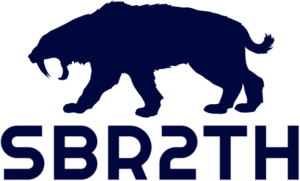Perhaps the most important Key Performance Indicator for any recruiting team is the Quality of Hire. Different companies measure this differently, but to make it simple let’s say that a quality hire is one that is still there on day 366 and is contributing to enterprise value beyond minimum performance expectations.
It is how we go about business, not why. Working with executive and professional searches over the years has shown me why technical professional work can be very different from why a Chief Operating Officer is willing to do what they do. Different individuals can have radically different reasons why they are motivated to do their jobs.
For example, taking a person from a robust and well-developed organization with loads of resources and putting them into a new, more nimble organization that lacks similar resources and development can create challenges. The candidate may be forced to compensate by working longer hours, taking shortcuts, moving at a frenetic pace while juggling tactical and strategic decisions with incomplete information against pressing deadlines. That takes a lot of energy. The more energy used to adapt from one very different context to another means there is less energy to focus on excelling at primary functions.
What drove this point home for me was placing a Director from a huge international company into a firm about one-fifth the size. The reporting requirements and deadlines were all similar, but the new firm had a much smaller staff, less developed systems, less engaged executive leadership and ambiguous processes. The new Director lasted about seven months before starting to look to return to a more established context.
When working on replacing that Director, another of my candidates received an offer with a big step up in compensation and title. She came from a smaller organization and taught me an important lesson…she declined the offer. Sure, the money and title were tempting but she understood that how she would have to go about business there to succeed was not aligned with her personal culture.
She really drove the lesson home when I placed her into a smaller context, not too dissimilar to her prior organization, for a small compensation increase and title. Ten years later, she is now the CTO having grown along with the company. She succeeded beautifully because cultures were aligned.
What I learned is that even when a candidate has a history of top performance and the business DNA to go far, aligning the cultures, the “how” we go about business, stacks the deck for success.
Some advice for hiring teams: spend the time and effort necessary to gain clarity about your business culture and spend the time in interviews and reference checks to make sure your candidates are aligned with it. That can make all the difference between a successful hire who outperforms and builds a career with your organization and having to find a replacement a few months down the road.



